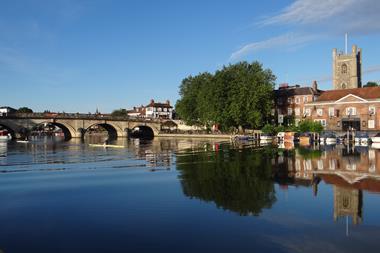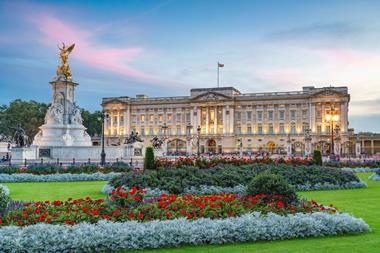
Rachel Bailey reports back from a sun-saturated visit to Monkey World Ape Rescue Centre in Dorset, describing it as a great stop for groups passing through or staying in the area.
A four day mini-break to Dorset over the sunny May Bank Holiday began with a visit to Monkey World Ape Rescue Centre in Wareham, which in hindsight was long overdue. Four troupes of chimpanzees, three houses for orangutans, 11 different species of monkey and five types of gibbon; all I can say is, welcome to primate heaven.
Posing as both a visitor attraction and a charity-run rescue centre, Monkey World has plenty to appeal to visitors ranging from toddlers through to seniors. Not only are the furry residents delightful to look at and coo over, they also provide an opportunity to learn so much about the world of primates, and the work that the charity is doing to stop the smuggling of primates from the wild.
The centre houses refugees of this illegal trade as well as those that have suffered abuse or neglect. Primates brought into the centre are cared for and then rehabilitated into natural living groups throughout the site. Cue visitor attraction: its here’s where you can see and learn about the furry residents.
A big yes for monkey enthusiasts
As an animal-mad individual, Monkey World was right up my street, and has been somewhere I’ve wanted to visit for a long time. I don’t get to visit the beautiful county of Dorset enough, and I’m glad I made time to stop in at the primate rehabilitation centre this time.
Anyone whose favourite animal is a primate, be it a cheeky chimp or a lovely lemur, will adore this attraction. I’m not saying you have to love all things monkey-related, but it is dedicated to the study and care of primates, after all.
The rescue centre and its large natural enclosures sprawl over 65 acres of lush green landscape. The enclosures house species ranging from orangutans and gibbons to capuchin monkeys and common marmosets. Each enclosure has easy-to-read information boards explaining a bit about each resident or primate group, and large windows and look-out areas from which you can enjoy great views of the primates eating, playing and socialising.

Pictured: Kim and Tien, the gibbons. (Photo credit: Monkey World Ape Rescue Centre).
Note that the observation areas provide slightly less of a view than those at some UK zoos I’ve been to – they’re not small, but you might find more of a distance between yourself and some of the spaces where the animals live.
However, if you’re visiting, it’s important to remember that the primates here have come from illegal trading circuits, have been kept as house pets, or been abused, and their well-being and safety is the most important element of the work done by the Monkey World team. I’m certainly not saying you won’t see the animals – the chimpanzees playing in their huge enclose or the orangutans being fed are sights you’ll still get to enjoy.
Close up observations of Kim and Tien the adorable gibbons are another definite highlight, as is the Lemur Walkthrough area, where a bundle of stripy-tailed lemurs curl up together on the grass or scamper about your feet uninhibited. The lemurs are the closest you’ll get to any of the inhabitants at Monkey World, and their walkthrough enclosure is a definite highlight for visitors.
During my visit, I was also lucky enough to see a chimp running around the chimpanzee enclosure with what looked like a table cloth tied around him, as well a very inquisitive woolly monkey peering through the enclosure fences in the most mischievous manner. And so I recommend Monkey World for its entertainment factor as well as its magnetism for animal lovers.
Of course, the praiseworthy work being done across the site to rehabilitate and care for primates of all shapes, sizes, species and temperaments shouldn’t go unmentioned. The attraction is a refreshing change from some of the more commercial zoos and animal attractions I’ve been to over the years, and it’s wonderful to see that the primates living at Monkey World appear well-fed, cared for and obviously adored by all who work there.

Pictured: Hananya's Enclosure at Monkey World. (Photo credit: Monkey World Ape Rescue Centre).
Benefits for visiting groups
Group rates are available for ten or more people at Monkey World Ape Rescue Centre. Guided tours around the sanctuary are available too, providing insight into the history of the park and the stories behind some of the primates' rescues, explaining their transition from abuse to rehabilitation.
I’d recommend adding Monkey World to any group itinerary if you’re in the Wareham area, especially if you’re a coach group looking for somewhere to break up a long journey.
You can stop for a couple of hours, or spend a whole day there if your break is a long one. Refreshments stops are available at two on-site cafes, and a number of primate feeding times mean a full day can be broken up easily.
Find out more about how to visit Monkey World Ape Rescue Centre with your group by heading to www.monkeyworld.org.
(Lead image photo credit: Monkey World Ape Rescue Centre).












